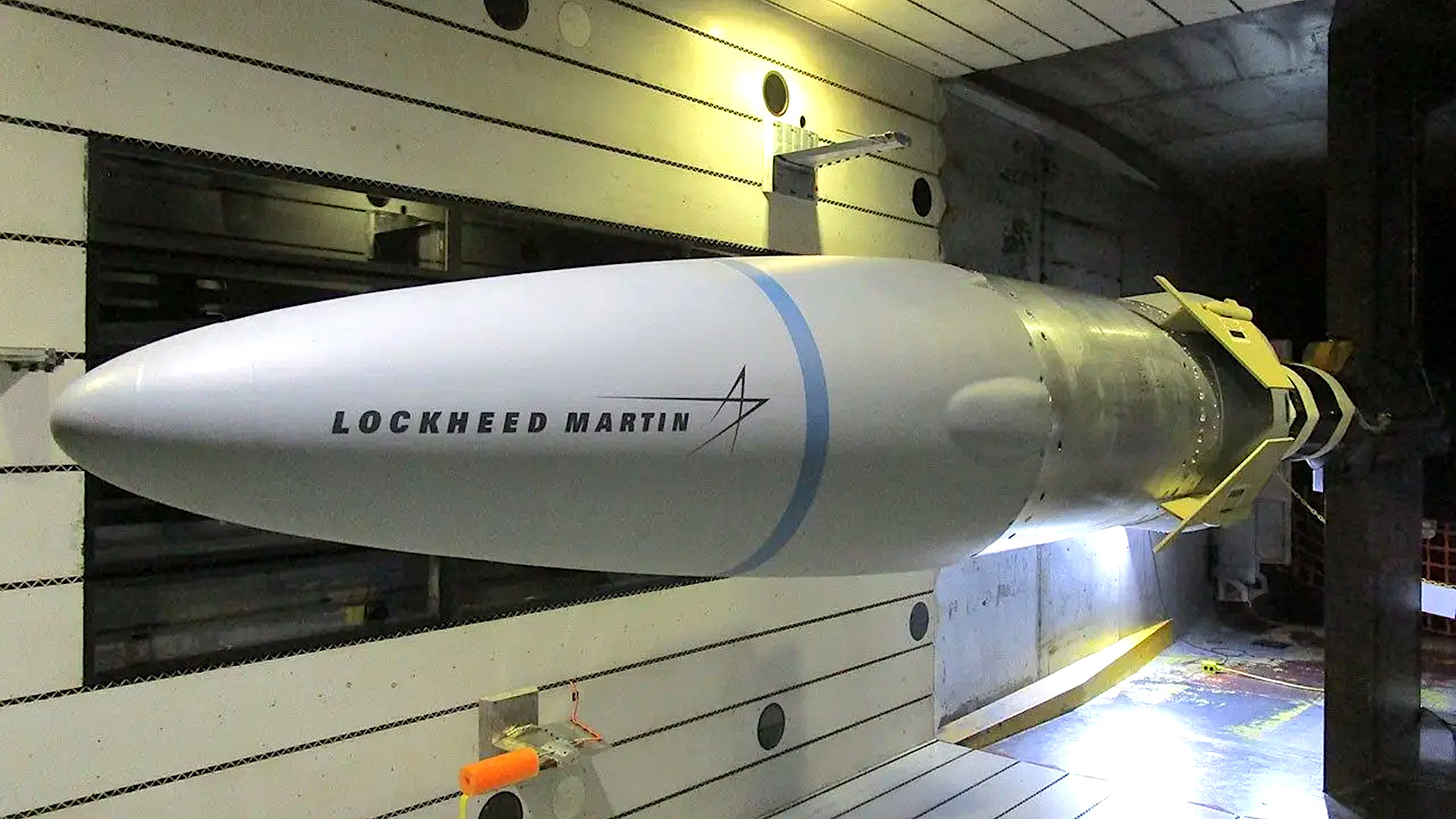Lockheed Martin has received more than $13 million in additional funds for the AGM-183A Air-Launched Rapid Response Weapon (ARRW) hypersonic missile program. The deal could be part of work to wind down the effort, but is also the latest in a string of developments that have raised questions about its current status. The War Zone has already explored signs pointing to a potential follow-on to ARRW, possibly tied in with work on a related program called Tactical Boost Glide (TBG), which may already be occurring in the classified realm.
On September 26, the U.S. Air Force awarded Lockheed Martin’s Missile and Fire Control division a new modification, valued at $13,447,746, to an existing ARRW contact. The contract’s cumulative value increased to $1,319,270,400 as a result. The news came in the Pentagon’s daily contracting notice.

“Work will be performed in Orlando, Florida, and is expected to be completed by Aug. 31, 2025,” the Pentagon’s notice added. “Fiscal 2023 research, development, test, and evaluation funds in the amount of $13,447,746 are being obligated at the time of award.”
No further details about the work to be performed were included. The War Zone reached out to Lockheed Martin for more information and was directed to contact the Air Force. We have since reached out to the Air Force for more information about this contract and ARRW’s current status, but have not yet received a response.
The Air Force did not request any additional funds for ARRW in its most recent budget request for the 2025 Fiscal Year, which the service rolled out earlier this year.
The air-launched ARRW is what is known as a hypersonic boost-glide vehicle weapon. The missile uses a rocket booster to propel an unpowered hypersonic glide vehicle to an optimal speed and altitude and then releases it to glide down along a largely atmospheric flight path to its target. The vehicle travels at hypersonic speed, defined as anything about Mach 5, and is also designed to be able to make erratic movements along the way. The combination of speed and maneuverability makes weapons of this kind difficult to detect in enough time to act, let alone intercept, presenting major complications for defenders.
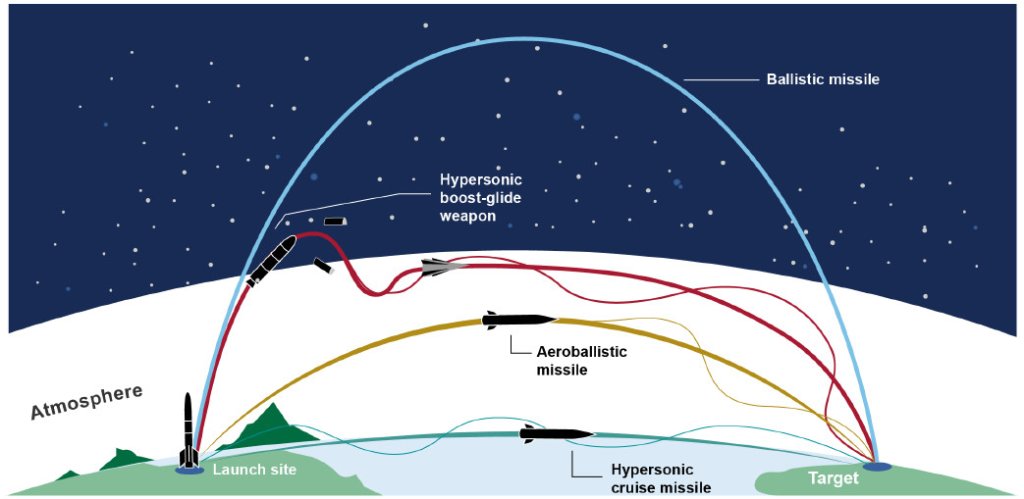
For a time, the AGM-183A looked set to become the Air Force’s first operational hypersonic weapon. However, last year, the service had indicated it was looking to close out work on ARRW and to shift focus to air-breathing hypersonic cruise missiles, which function in a completely different manner from hypersonic boost-glide vehicle weapons. The ARRW program had a mixed testing record, at least from what is known publicly.
As noted, it is very possible that the new ARRW funding Lockheed Martin received last month is part of the work now to shut things down.
“ARRW will complete contract closeout, finalize documentation and analysis, and activities to support the leave behind capability,” the Air Force said in its 2025 Fiscal Year budget request. “Testing will enable ARRW to collect valuable data, build capacity and capability, allow hypersonics programs to leverage and build upon each other, and project the overall technology forward.”
In line with this, the Air Force continued with its previously planned flight testing schedule for ARRW even after announcing its intention to pull the plug on the program last year. This culminated with a final end-to-end test, at least that we know of, over the Western Pacific in March of this year. That launch also provided an opportunity for a significant demonstration of capability and show of force aimed particularly at the Chinese government, as The War Zone highlighted at the time and that you read more about here.
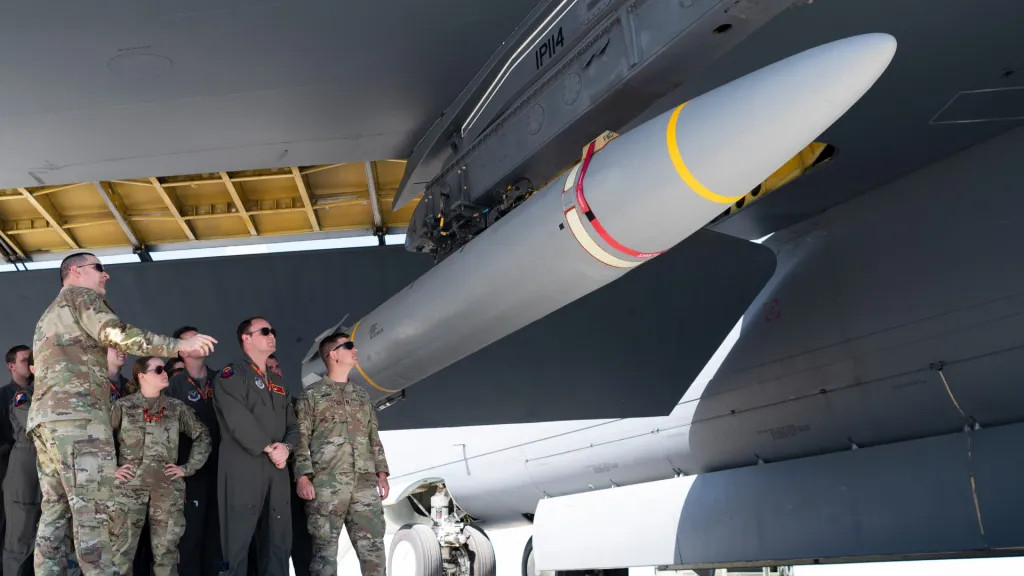
At the same time, it continues to be unclear whether or not the Air Force is truly through with ARRW and/or whether a direct follow-on program may already be in progress.
“When we’re in the classified session, I can go into a little bit of detail about the differences between those two capabilities, specifically, and then we’ll highlight again what characteristics you need based on the mission set,” Air Force Lt. Gen. Dale White, the Military Deputy at the Office of the Assistant Secretary of the Air Force for Acquisition, Technology, and Logistics told members of the House Armed Services Committee at a hearing in March. White was responding directly to a question about whether his service was more committed to hypersonic cruise missiles than hypersonic boost-glide vehicle designs.
“Let’s just say that there is a plan,” William LaPlante, the Undersecretary of Defense for Acquisition and Sustainment, the Pentagon’s top weapons buyer, had told members of Congress at another hearing back in February. “It’s not something we can talk about in this open [unclassified] session. But we’d like to talk [in a classified setting].”
Similar uncertainty continues to surround TBG, a separate, but related program that the Defense Advanced Research Projects Agency (DARPA) and Air Force run jointly that also involves work on an unpowered hypersonic boost-glide vehicle design. A least one TBG flight test is understood to have occurred, but where or when that was conducted has not been confirmed.
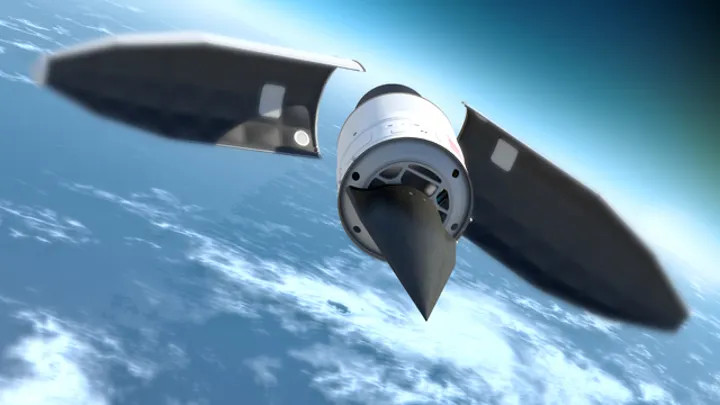
When asked by The War Zone about TBG testing to date back in April, a DARPA spokesperson declined to confirm or deny any tests had occurred or provide any details about their outcomes. They also said they could not provide more information about the program beyond what is on the agency’s website.
“The Tactical Boost Glide (TBG) program is a joint DARPA/U.S. Air Force (USAF) effort that aims to develop and demonstrate technologies to enable future air-launched, tactical-range hypersonic boost glide systems,” according to the TBG program description on DARPA’s website at the time of writing. “TBG is a two-phase effort that plans to include ground and flight testing to mature critical technologies, and aims to demonstrate the system performance achievable through the integration of those technologies. The program is using a disciplined systems engineering approach to define demonstration system objectives and identify enabling technologies needed for future systems.”
TBG was originally presented as a lead-in to ARRW, but the programs ultimately ended up being conducted in parallel. Lockheed Martin, the prime contractor on both programs, has said in the past that ARRW had ultimately pulled ahead in terms of design maturity. The Air Force has also said previously that work done under TBG was incorporated into the development of ARRW.

DARPA had been exploring the potential for turning the TBG system into a sea-launched weapon and there are plans to transition elements of the program to the U.S. Navy in the future, as well. The Navy is pursuing a separate hypersonic boost-glide vehicle weapon with the U.S. Army, which is set to be integrated onto Zumwalt class stealth destroyers and Block IV Virginia class submarines, as well as fired from ground-based launchers. That missile has experienced its own testing troubles.
Separate questions have emerged previously about the Air Force’s plans for its air-breathing Hypersonic Attack Cruise Missile (HACM) program.
“It is early days in the program, and so you certainly hope that a program like HACM is on track at this stage, because it’s quite early. And they typically are, right? And so, I’d say it’s on track but it is a challenging program,” Andrew Hunter, Assistant Secretary of the Air Force for Acquisition, Technology, and Logistics, told DefenseScoop in an interview published in December 2023. “That’s why we’re undertaking a rapid prototyping effort really is to work through some of the potential risks, some of the potential technical risks associated with the HACM concept.”
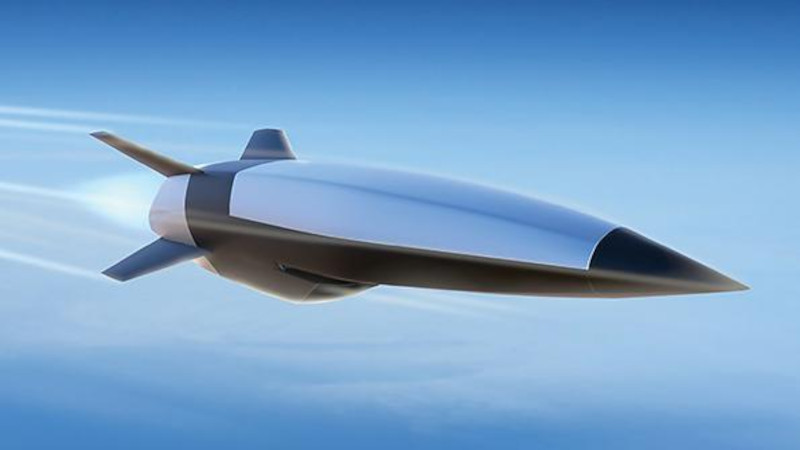
The Air Force, in partnership with the Australian armed forces, is still very publicly moving ahead with HACM. The first test of that missile, which Raytheon is leading the development of, could come as early as this month. Last week, Raytheon also received a new $73 million contract to help lay the groundwork for the production of those weapons. The hope is that HACM will reach at least a limited operational capability in 2027.
Whatever the future might hold now for ARRW, some type of work at least on that program is funded now well into next year.
Contact the author: joe@twz.com
